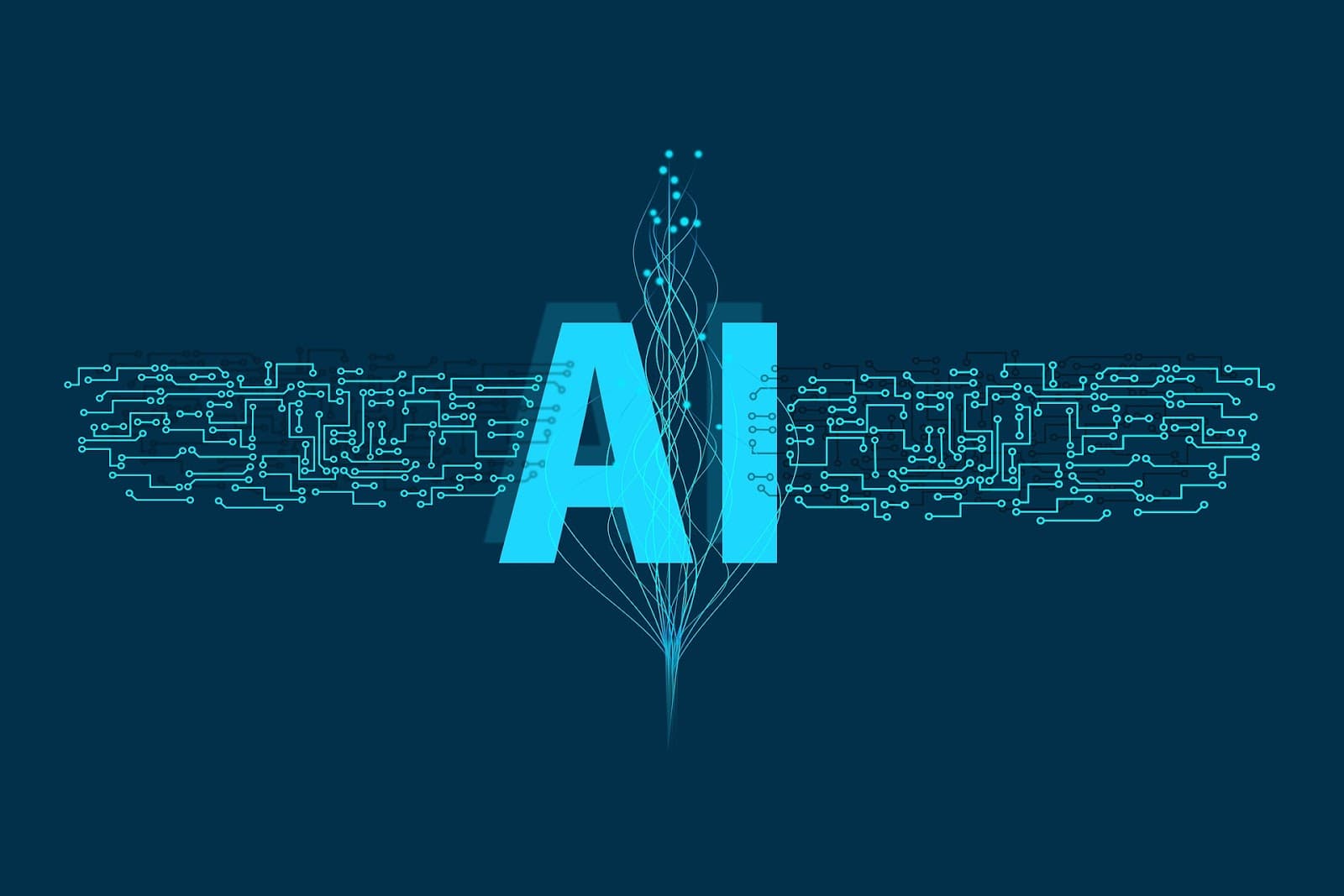
Revealing The Capabilities Of Turnitin
Plagiarism, an act of presenting someone else’s work or ideas as one’s own without proper attribution, has long been a matter of concern in the academic world. The principles of originality and integrity form the foundation of scholarly pursuits, emphasizing the importance of giving credit where it is due and fostering intellectual growth through authentic contributions. However, as technology advances at an unprecedented pace, new challenges and questions arise regarding the detection and prevention of plagiarism, particularly in the context of AI language models like Chat GPT.
Chat GPT, a powerful AI language model developed by OpenAI, has revolutionized the way we interact with and generate text. Trained on vast amounts of data, it possesses an intricate understanding of language and can produce human-like text across various domains and topics. This remarkable capability has sparked both excitement and concerns within the academic community.
One of the prominent tools used by educators to combat plagiarism is Turnitin, a widely recognized plagiarism detection software. Turnitin functions by comparing submitted papers against a vast database of published sources, student papers, and online content. Through sophisticated algorithms, it generates similarity reports that highlight potential instances of plagiarism, empowering educators to uphold academic integrity. However, with the emergence of AI language models like Chat GPT, doubts have arisen about Turnitin’s ability to effectively detect AI-generated text.
Unraveling the Enigma: Decoding Turnitin’s Depths
Embarking on an expedition through the labyrinthine corridors of academic authenticity leads us to the formidable dominion of Turnitin—a renowned sentinel of originality, revered by educational institutions and mentors alike. This formidable software, with its mighty algorithms as its arsenal, undertakes the Herculean task of scrutinizing the very essence of scholarly compositions. The core modus operandi of Turnitin rests upon an intricate tapestry of textual interplay, where submitted papers traverse the vast expanse of its comprehensive reservoir—comprising an expansive compendium of published works, scholarly emanations, and digital content—to ascertain the genuineness of their intellectual endeavors. The labyrinthine algorithms, meticulously honed, orchestrate a symphony of scrutiny, unearthing instances of textual convergence and unmasking the specter of potential plagiarism, thus bequeathing to pedagogues and mentors a compendium of similarity reports to peruse.
The Epoch of AI Language Pioneers
Behold the epoch of artificial intelligence language models, wherein the resplendent luminary, ChatGPT, emerges as a shining exemplar, casting an enchanting spell upon the avid spectators. Forged in the crucible of immense data, these prodigious models transcend the realms of mere computation, steeping themselves in the very essence of language itself. With their sinews entwined with knowledge amassed through unfathomable reservoirs of information, they bestow upon humanity the gift of articulate discourse—a mesmerizing tapestry of words, coalescing harmoniously into coherent and contextually adept compositions across an expansive repertoire of themes and subjects. In this grand narrative, ChatGPT, an offspring nurtured by the visionary architects of OpenAI, draws upon the formidable GPT-3.5 architecture, wielding its powers to aid the creators of content, architects of conversational interfaces, and more.
Unraveling the Gordian Knot: Detecting the Genesis of AI-Forged Verses
The pursuit of unmasking the elusive specter of AI-forged content begets a formidable quandary, besetting plagiarism detection tools like Turnitin with an intriguing conundrum. Unlike the traditional transgressions of plagiarism, where the tendrils of text are interwoven with the fabric of pre-existing works, the tapestry of AI-generated prose emerges from the depths of originality, devoid of direct lineage to any particular literary opus. The venerable guardian, Turnitin, heavily reliant upon the prowess of text juxtaposition and the sorcery of pattern recognition, finds itself at a juncture where the efficacy of its domain is challenged when confronting the eloquent progeny of AI language models. The traditional tools of identification, once stalwart sentinels, grapple with their own limitations, foraging through the wilderness of textual similarity in their quest to discern AI’s evocative creations.
Evaluating Turnitin’s Effectiveness in Detecting Chat GPT
- Textual Similarity Analysis
Turnitin’s traditional approach to plagiarism detection relies on comparing submitted content against existing sources. However, when it comes to Chat GPT-generated text, which is not sourced from any specific document, the software faces challenges in establishing direct matches. Consequently, Turnitin may struggle to detect instances of AI-generated content, as it lacks a direct reference to compare against.
- Contextual Analysis
Chat GPT excels at producing contextually coherent text that adheres to a given prompt or conversation. However, this contextual understanding can pose another challenge for Turnitin. The software may fail to detect AI-generated text if it is skillfully crafted to blend seamlessly with the surrounding content or if the AI model is provided with a prompt that aligns closely with existing sources, leading to false negatives.
Advancements in Plagiarism Detection Technology
In response to the growing presence of AI-generated content, plagiarism detection software developers are actively exploring new techniques to enhance their capabilities. Some of the advancements being considered include:
- Machine Learning Algorithms
By incorporating machine learning algorithms, plagiarism detection tools can learn from patterns and behaviors of AI-generated content, enabling them to better distinguish between original and AI-generated text.
- Pattern Recognition and Linguistic Analysis
Developers are exploring techniques to identify linguistic patterns and discrepancies that may indicate the presence of AI-generated text. By analyzing stylistic nuances and deviations from traditional writing norms, software can better identify potential instances of AI-generated content.

The Importance of Educator Awareness
While technology plays a vital role in addressing plagiarism concerns, educators must also stay informed and adapt their assessment methods accordingly. Relying solely on Turnitin or similar tools may not be sufficient to detect AI-generated text. Educators should consider utilizing additional assessment methods, such as oral examinations or targeted questioning, to assess students’ understanding of the content they submit.
Conclusion
Concluding the matter of Turnitin’s efficacy in effectively detecting AI-generated text, such as that proffered by Chat GPT, entails traversing a labyrinthine and intricate landscape. The conventional approach of Turnitin, reliant upon textual matching, confronts an arduous predicament when grappling with AI-generated content bereft of explicit allusions to specific sources. However, we must acknowledge that the domain of plagiarism detection remains in a perpetual state of flux and evolution.
The tantalizing prospect of improved capabilities in discerning AI-generated text emerges through the march of progress in plagiarism detection technology. Astute developers and inquisitive researchers are actively embarking upon an odyssey to forge innovative pathways that bridge the chasm between AI language models and the detection of plagiarism. The infusion of machine learning algorithms into plagiarism detection tools begets an erudition from discernible patterns and idiosyncrasies intrinsic to AI-generated content, thereby engendering an enhanced differentiation between the genuine and the AI-crafted.
Moreover, the realms of pattern recognition and linguistic analysis are the subject of relentless scrutiny as prospective mechanisms to unveil stylistic subtleties and deviations that deviate from the paradigms of conventional prose. These manifestations serve as vanguards, flagging the presence of AI-generated text. By scrutinizing the intricate web of patterns and linguistic idiosyncrasies that bedeck AI language models, the plagiarism detection software exhibits nascent potential to identify lurking instances of AI-generated content, ensnaring them within its purview.
However, it is incumbent upon us to acknowledge that the pursuit of potent plagiarism detection within the realm of AI-generated text remains an ongoing, ceaseless venture. As AI language models unfurl their wings and ascend to unprecedented heights of sophistication, the countermeasures and instruments deployed to unearth and circumvent plagiarism must concomitantly adapt. This undertaking necessitates a symphony of collaboration, uniting the architects of technology, the custodians of education, and the bastions of academia, to safeguard the lofty ideals of academic integrity in the face of ceaseless technological ebullience.





